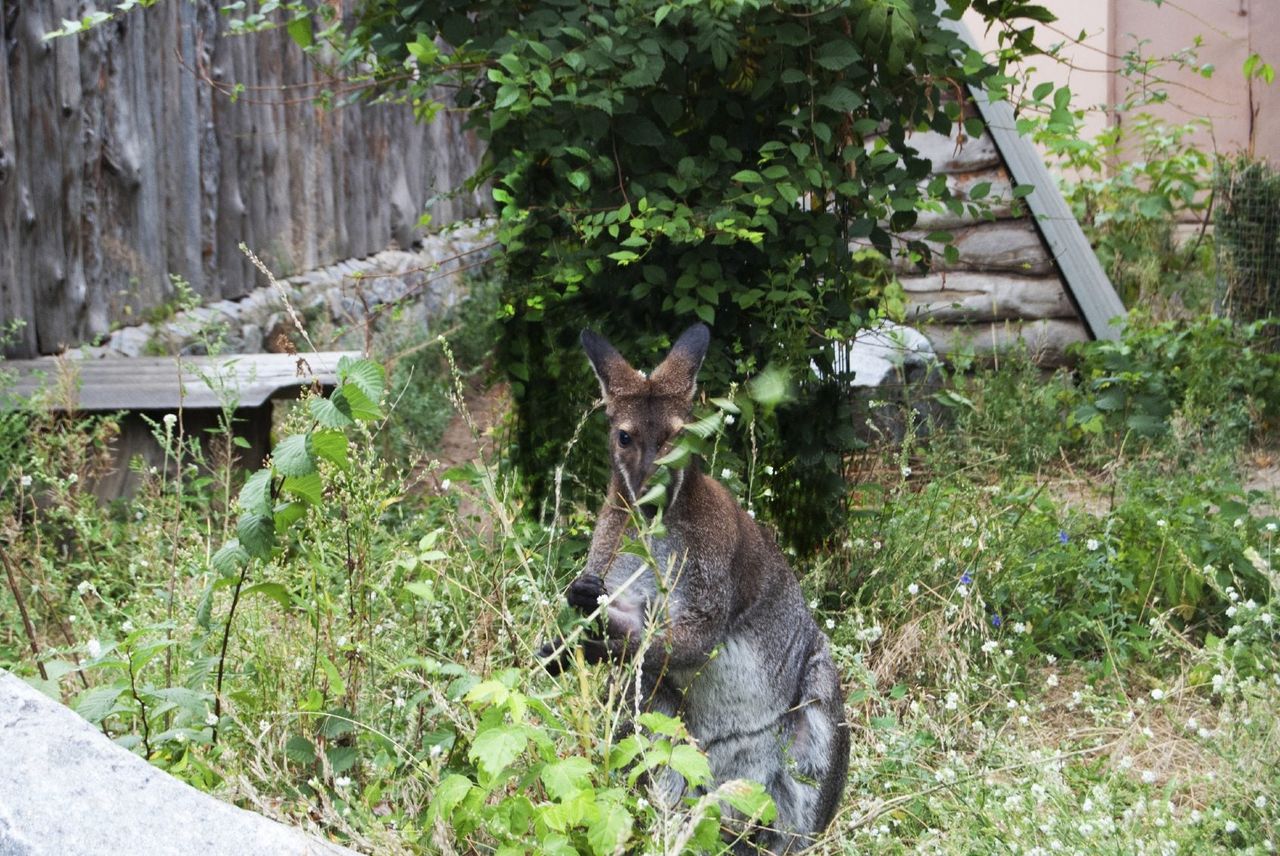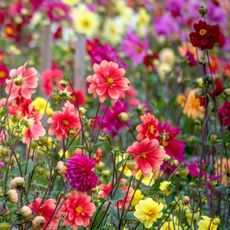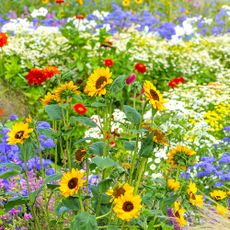Damage Caused By Kangaroos – How To Keep Kangaroos Out Of My Garden


As human development moves further into the bush, more and more people come into contact with kangaroos. Unfortunately, lush pastures and gardens often make for attractive grazing areas, drawing kangaroos even further into urban settlements. Kangaroo plant damage is an issue that, as yet, does not have a catch-all solution. There are some known ways to deter kangaroos, however. Keep reading for information on how to keep kangaroos away and prevent damage caused by kangaroos.
How to Keep Kangaroos Out of My Garden
Kangaroos in the garden can cause significant damage, eating their way through a number of plants, from flower beds to fruit trees and more. In fact, there are few plants kangaroos don’t eat! That being said, their least favorite seems to be plants that are prickly or highly aromatic, but like deer in the garden, when push comes to shove, even these will not stop their insatiable palate. The following plants are less appealing to kangaroos, though by no means full proof:
- Grevillea
- Callistemon
- Hibbertia
- Kangaroo paw
- Esperance tea tree
- Emu bush
- Chamelaucium waxflower
- Purple Beaufortia
Once kangaroos decide they can eat a plant, they are likely to demolish it. Sometimes fencing is good enough, and it’s a good first step, but kangaroos have been known to simply push through them. If you are counting on your fence to keep livestock in as well as kangaroos out, this can be particularly devastating. The best way to reduce kangaroo plant damage and to keep kangaroos out of your garden is to make the area undesirable as a habitat. Trim trees back to reduce shade and sheltered areas. Reduce large, open areas for them to move around in by planting low shrubs. In the remaining open spaces, keep your grass trimmed short to cut down on its grazability. Train motion-detecting lights in your garden to discourage nighttime feeding. Hang noise deterrents, such as tin cans, near your garden and along the borders of your property. Limit outdoor access to water. Eliminate or fence off any water points that might attract them. If a stream flows near your garden, consider damming it off upstream to create a more attractive space for them far away from your plants. On top of all of this, surround anything you don’t want to be eaten with sturdy fencing.
Gardening tips, videos, info and more delivered right to your inbox!
Sign up for the Gardening Know How newsletter today and receive a free copy of our e-book "How to Grow Delicious Tomatoes".

The only child of a horticulturist and an English teacher, Liz Baessler was destined to become a gardening editor. She has been with Gardening Know how since 2015, and a Senior Editor since 2020. She holds a BA in English from Brandeis University and an MA in English from the University of Geneva, Switzerland. After years of gardening in containers and community garden plots, she finally has a backyard of her own, which she is systematically filling with vegetables and flowers.
-
 Cut Flower Garden For Beginners: 8 Easy Decorative Floral Plants For Newbies To Grow
Cut Flower Garden For Beginners: 8 Easy Decorative Floral Plants For Newbies To GrowAre you new to growing decorative florals for bouquets and ornamental displays? A cut flower garden for beginners is well within reach if you grow these flower seeds
By Tonya Barnett
-
 10 Flower Seeds To Sow In April For Endless Blooms Through Summer & Fall
10 Flower Seeds To Sow In April For Endless Blooms Through Summer & FallDiscover the best annual and perennial flowers to plant in April to ensure a sea of color in borders and containers that lasts all summer and into fall.
By Bonnie L. Grant